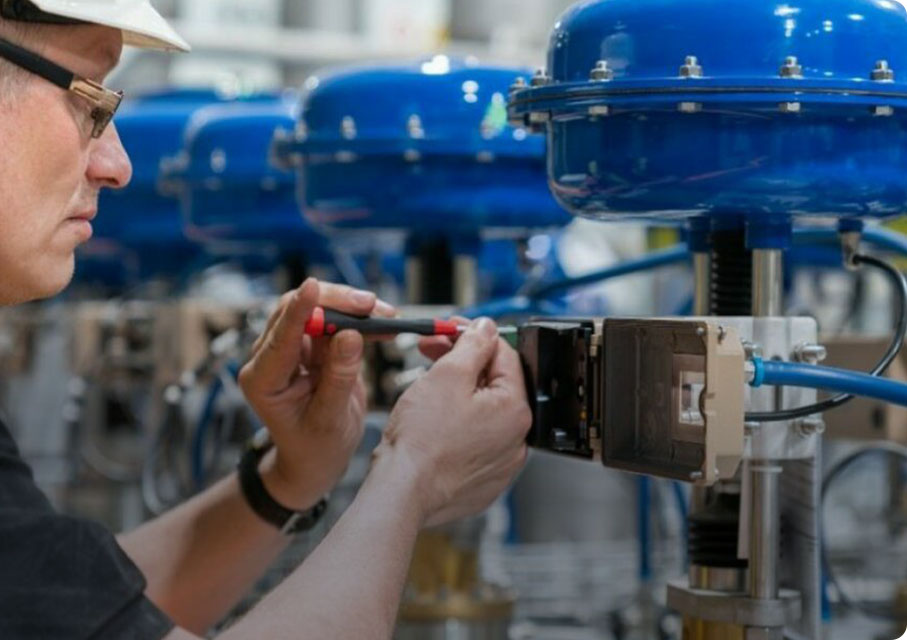
Determine The Nature of The Fluid
First of all, understanding the nature of the fluid being treated is the key to choosing a suitable valve. For example, factors such as fluid temperature, pressure, viscosity and corrosion are considered to have an impact on valve selection. For fluids under high temperature or high pressure conditions, valves made of high temperature or high pressure resistant materials need to be selected. In the face of corrosive fluids, the valve made of corrosion-resistant materials should be preferred.
Determine Fluid Flow and Pressure
It is important to accurately determine the flow and pressure range of the liquid to be handled, which will directly determine whether the selected valve type is suitable. Among them, "flow rate" refers to the rate of liquid passing through the valve per unit time; The "pressure" determines the amount of load that the valve is subjected to during operation. These parameters will help you confirm the size and material required to ensure that the selected valve will meet the expected operating conditions and withstand the appropriate pressure.
Understand The Different Types of Valves
familiar with a variety of different types of valves is essential to make the right choice. Common types include cutoff type, ball type, butterfly type and adjustable type, and there are differences between different working principles and applicable scene characteristics. For example, the spherical design is more suitable for fast switching and cutting off the transmission of liquid substances; The regulated type can be used to control the transfer rate and pressure of liquid substances.
Consider The Operating Requirements
the operating requirements are also one of the important factors in the correct selection of the appropriate threshold. For example, manual or automated operation modes need to take into account the relevant control mechanism issues, and the use of electric or pneumatic actuators can achieve automated operation objectives; In addition, it is necessary to take into account many factors such as opening and closing speed, sealing effect and reliability to meet specific application requirements.
Adjust The Installation Environment
Finally, consider the factors related to the installation environment to adjust and select the best solution, and pay attention to space restrictions, temperature, pressure, vibration and media characteristics. Ensure that the selected devices meet the installation environment conditions and have proper matching capabilities. For example, in the case of limited space, compact design can be adopted; For extreme temperature environments, it is necessary to select equipment that can withstand extreme temperature changes; In addition, in the presence of vibrating or corrosive media, seismic anti-erosion equipment is required to provide stabilization services.






